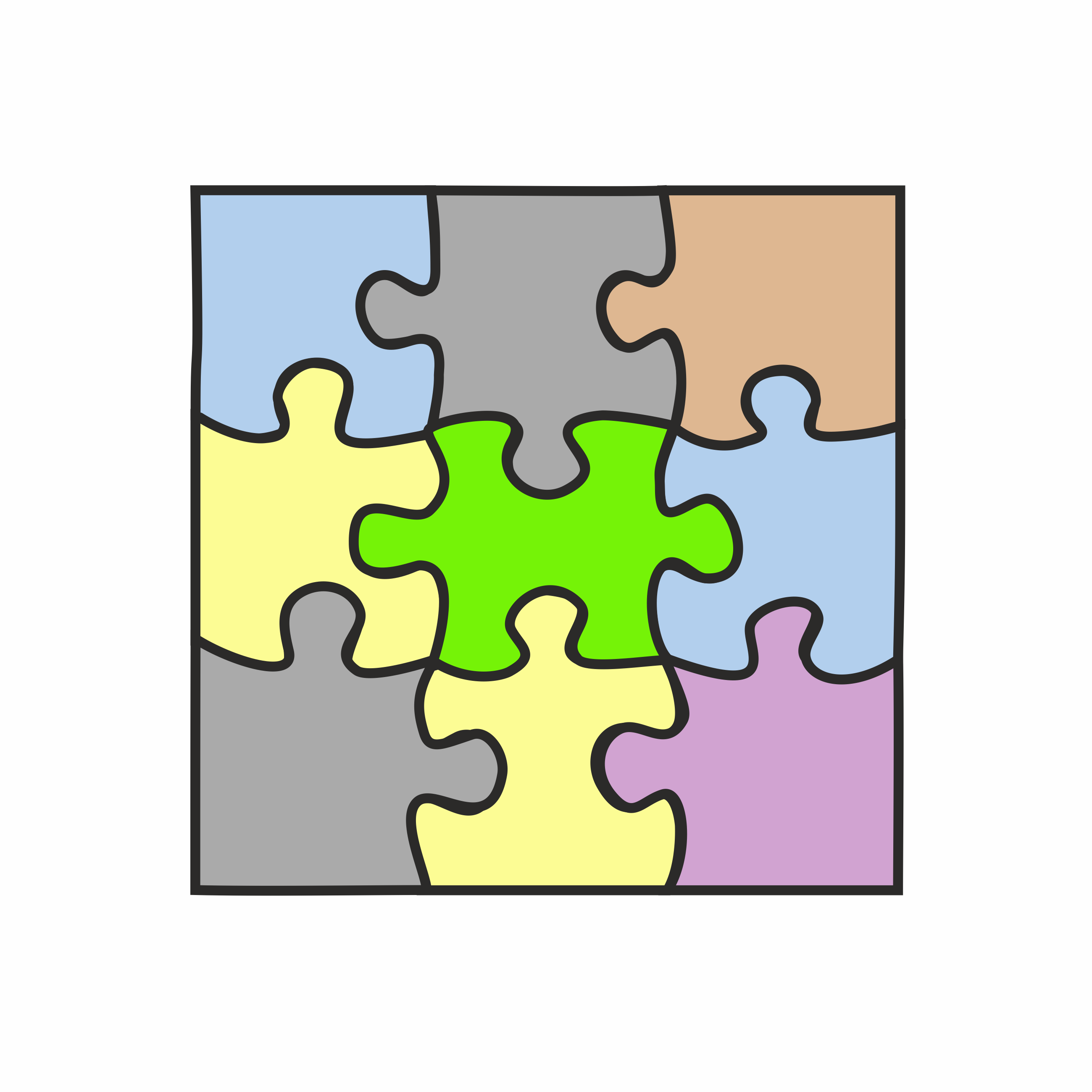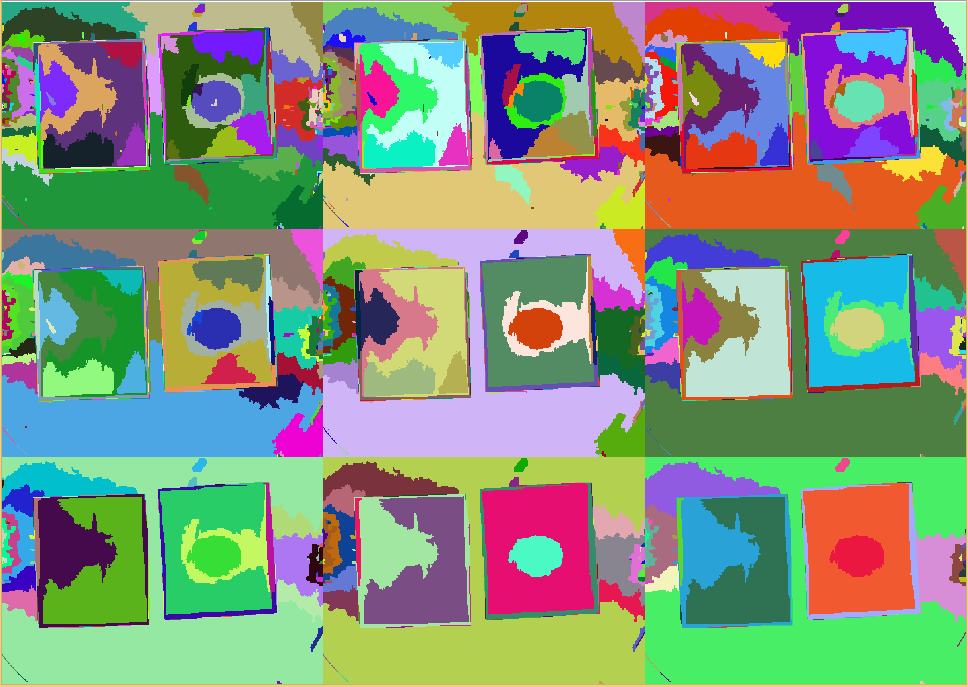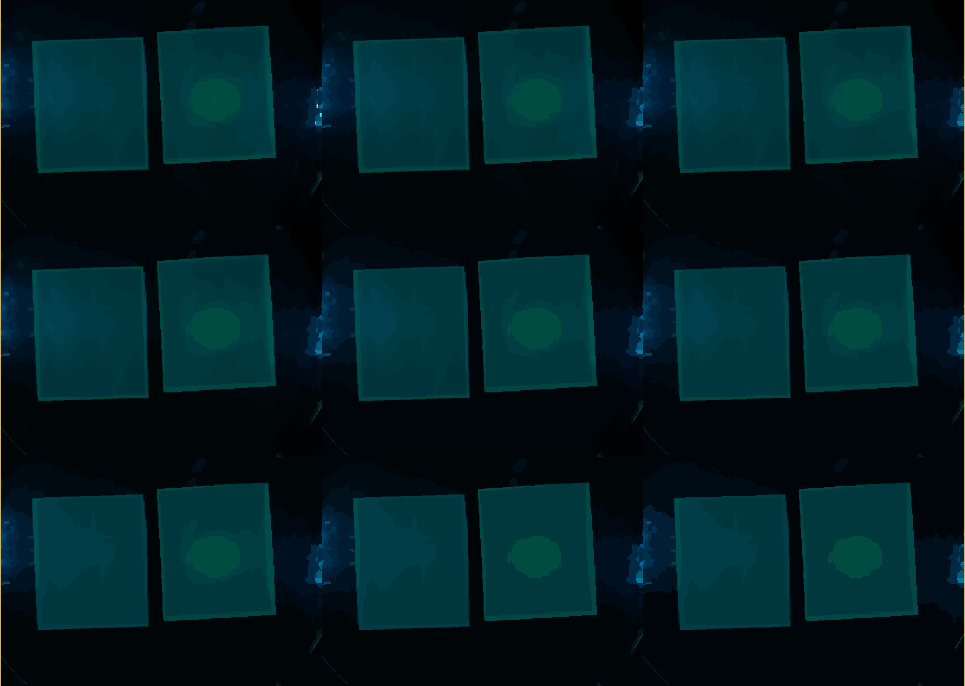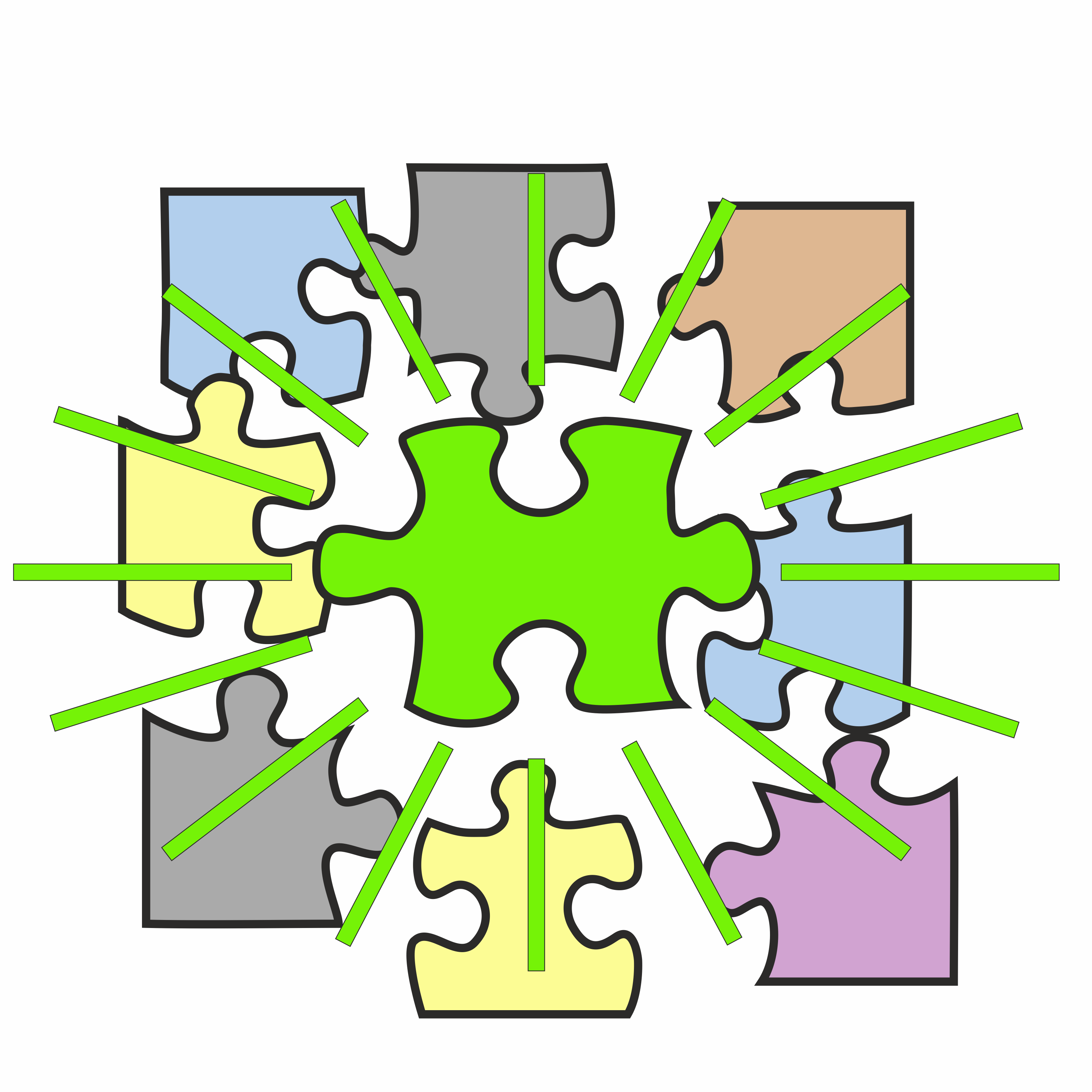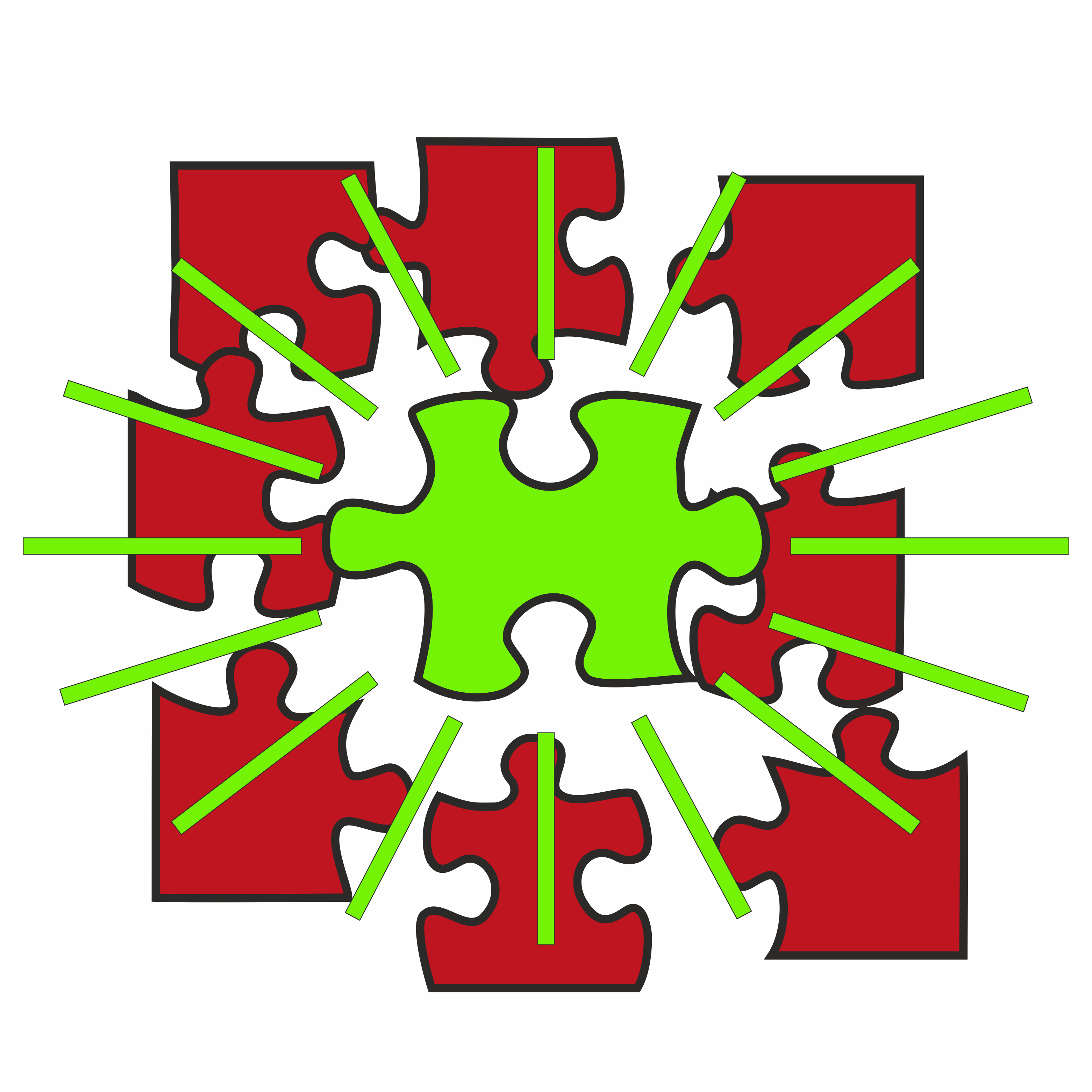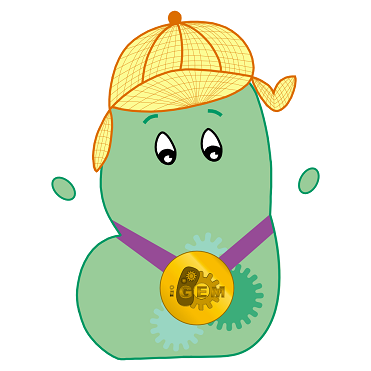Team:Aachen/Notebook/Software/Measurarty
From 2014.igem.org
(→Measurarty) |
(→Statistical Region Merging (SRM)) |
||
| Line 104: | Line 104: | ||
Typically $Q$ is chosen as $Q \in \lbrack 256, 1\rbrack$ and $\delta = \frac{1}{\lvert I \rvert^2}$. | Typically $Q$ is chosen as $Q \in \lbrack 256, 1\rbrack$ and $\delta = \frac{1}{\lvert I \rvert^2}$. | ||
| - | The $Q$ parameter mainly influences the merging process. | + | The $Q$ parameter mainly influences the merging process. For an example, see the figure ''SRM Regions'' below. The lower the chosen value for $Q$, more coarse the regions become. Using a union-find structure, the segmentation does not need to be recalculated for each $Q$ level. For the step from $q$ to $\frac{q}{2}$, just the qualification criteria needs to be applied to the regions from the $q$ result. A MATLAB implementation is also available (Boltz, 2014). |
| - | {{Team:Aachen/FigureDual|Aachen_srm_regions_3.PNG|Aachen_srm_regions_2.PNG|title1=SRM | + | {{Team:Aachen/FigureDual|Aachen_srm_regions_3.PNG|Aachen_srm_regions_2.PNG|title1=SRM regions in random colors|title2=SRM regions (average color)|subtitle1=Different regions from an SRM run starting at $Q=256$ (top left) and going to $Q=1$ (bottom right). Each region is assigned a random color.|subtitle2=Different regions from an SRM run starting at $Q=256$ (top left) and going to $Q=1$ (bottom right). Each region is assigned the average color of that region.|width=425px}} |
[1] Nock R, Nielsen F. Statistical region merging. IEEE Transactions on PAMI. 2004;26:1452–8. | [1] Nock R, Nielsen F. Statistical region merging. IEEE Transactions on PAMI. 2004;26:1452–8. | ||
| Line 115: | Line 115: | ||
=== SRM Clustering === | === SRM Clustering === | ||
| - | In our project we used Statistical Region Merging for clustering. In contrast to other algorithms, | + | In our project, we used Statistical Region Merging for clustering. In contrast to other algorithms, such as ''k-means'', this approach is highly deterministic. |
For our purposes we only have one SRM run for $Q=256$. | For our purposes we only have one SRM run for $Q=256$. | ||
| - | In | + | In MATLAB, we use the previously mentioned code from MATLAB Fileexchange (Boltz, 2014). |
For our Qt-based GUI we implemented the SRM method ourselves. | For our Qt-based GUI we implemented the SRM method ourselves. | ||
| - | The SRM clustering reduces the amount of different colors in the image and | + | The SRM clustering reduces the amount of different colors in the image and hence eases the recognition of parts belonging together. |
<html> | <html> | ||
Revision as of 09:18, 17 October 2014
|
|
|
|
|
|
 "
"

